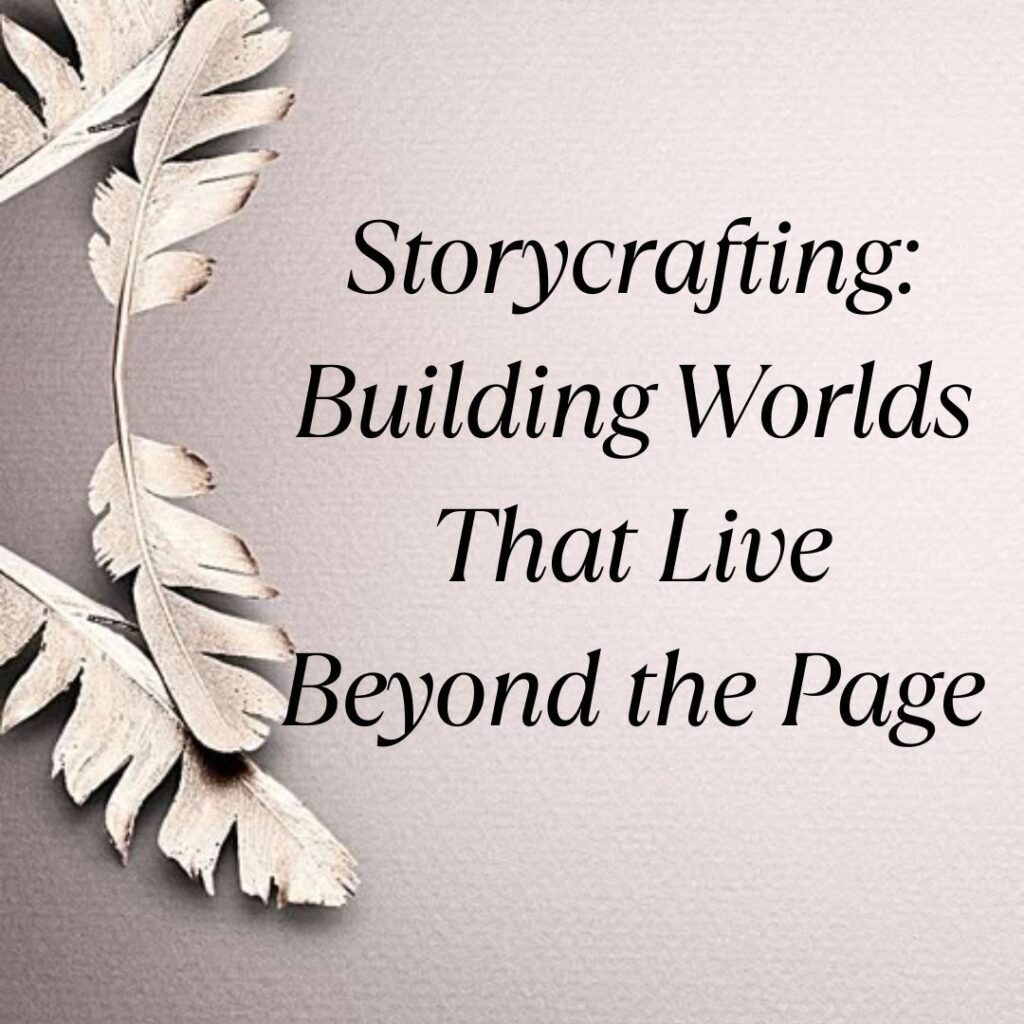Welcome to another exciting dive into the art of storytelling on Riya’s Blogs! Today, we’re exploring the captivating world of storycrafting and how to create worlds that extend far beyond the confines of the page. Crafting a compelling story isn’t just about writing; it’s about building a universe where readers can lose themselves completely. Let’s embark on this journey together and discover how to create immersive worlds that leave a lasting impression.
The Magic of World-Building
World-building is the art of creating an entire universe from scratch. It’s not limited to fantasy and science fiction; even contemporary settings can benefit from a well-crafted world. At its core, world-building involves constructing a detailed and coherent setting where your characters and plot can unfold.
1. Start with a Strong Foundation
Before you dive into the intricacies of your world, lay a strong foundation. What are the fundamental rules that govern your world? This includes geography, society, politics, and culture. Think of it as building the skeleton of your story’s universe. Without a solid structure, your world might lack depth and consistency.
- Geography: Consider the physical layout of your world. Are there mountains, oceans, or magical landscapes? How do these elements influence the story?
- Society: What is the societal structure? Is it a democracy, monarchy, or a completely different system? How do social norms and values affect your characters?
- Politics: What are the power dynamics? Are there conflicts between different factions or nations?
- Culture: What traditions, languages, and beliefs shape the people in your world? Culture adds richness and authenticity to your setting.
2. Create a Compelling History
Every world has a past that shapes its present. Crafting a detailed history adds depth to your setting and helps readers understand the context of your story. Consider:
- Historical Events: What major events have shaped the current state of your world? Wars, revolutions, and natural disasters can have significant impacts.
- Legends and Myths: Incorporate folklore and legends that influence your characters’ beliefs and actions. These elements can add layers of intrigue and significance.
- Cultural Evolution: How has the culture evolved over time? This can explain current societal norms and behaviors.
3. Develop Unique Characters
Inhabit your world with memorable characters who bring it to life. Their backgrounds, motivations, and relationships should reflect and interact with the world you’ve created. Think about:
- Character Roles: What roles do your characters play in the world? Are they heroes, villains, or something in between?
- Personal Histories: How does their personal history connect with the world’s history? Characters with rich backstories can drive the plot in interesting ways.
- Interactions with the World: How do your characters interact with their environment? Do they follow cultural norms or challenge them?
Engaging Your Readers
Creating a world is only part of the process; the real magic happens when your readers become fully immersed in it. Here are some tips for engaging your audience:
1. Show, Don’t Tell
Instead of simply describing your world, show it through your characters’ experiences. Use sensory details to bring scenes to life. For example, instead of saying “The city was bustling,” you might describe the “clamor of market stalls, the scent of fresh bread, and the kaleidoscope of colors from the vendors’ wares.”
2. Use Vivid Imagery
Paint vivid pictures with your words. Create scenes that readers can visualize clearly in their minds. This can make your world feel tangible and real. Descriptive language, metaphor, and simile can help you achieve this.
3. Create a Sense of Continuity
Ensure that your world remains consistent throughout your story. Inconsistencies can pull readers out of the experience and break their immersion. Keep track of the rules and details you’ve established and refer back to them as needed.
4. Foster Emotional Connection
Readers are more likely to connect with your world if they feel emotionally invested in it. Develop characters and situations that evoke empathy, joy, and sadness. This emotional connection can make your world feel more real and impactful.
Expanding Your World Beyond the Page
Once you’ve crafted your world, consider ways to expand it beyond the pages of your book. Here are a few ideas:
1. Interactive Content
Create interactive content such as maps, character profiles, or timelines. These can be featured on your website, Riya’s Blogs, to engage readers further. Interactive elements allow fans to explore your world in a more immersive way.
2. Spin-Offs and Prequels
Consider writing spin-off stories or prequels that delve deeper into different aspects of your world. This not only provides additional content for fans but also expands the universe you’ve created.
3. Fan Engagement
Encourage your readers to engage with your world. This could be through fan fiction, artwork, or even community discussions. Reader participation can breathe new life into your world and create a dedicated fan base.
4. Merchandising
Create merchandise that reflects your world, such as maps, artwork, or themed items. This can be a fun way for fans to show their love for your universe and can also be a source of additional revenue.
Conclusion
Storycrafting is an art that goes beyond mere writing; it involves creating an immersive world that lives and breathes alongside your characters and plot. By laying a strong foundation, developing a rich history, and engaging your readers, you can build a universe that resonates deeply and endures beyond the page.
For more insights and tips on storytelling and writing, visit Riya’s Blogs, where we delve into the craft of writing and explore ways to enhance your storytelling skills. Happy writing, and may your worlds be as vivid and engaging as the stories you tell!







